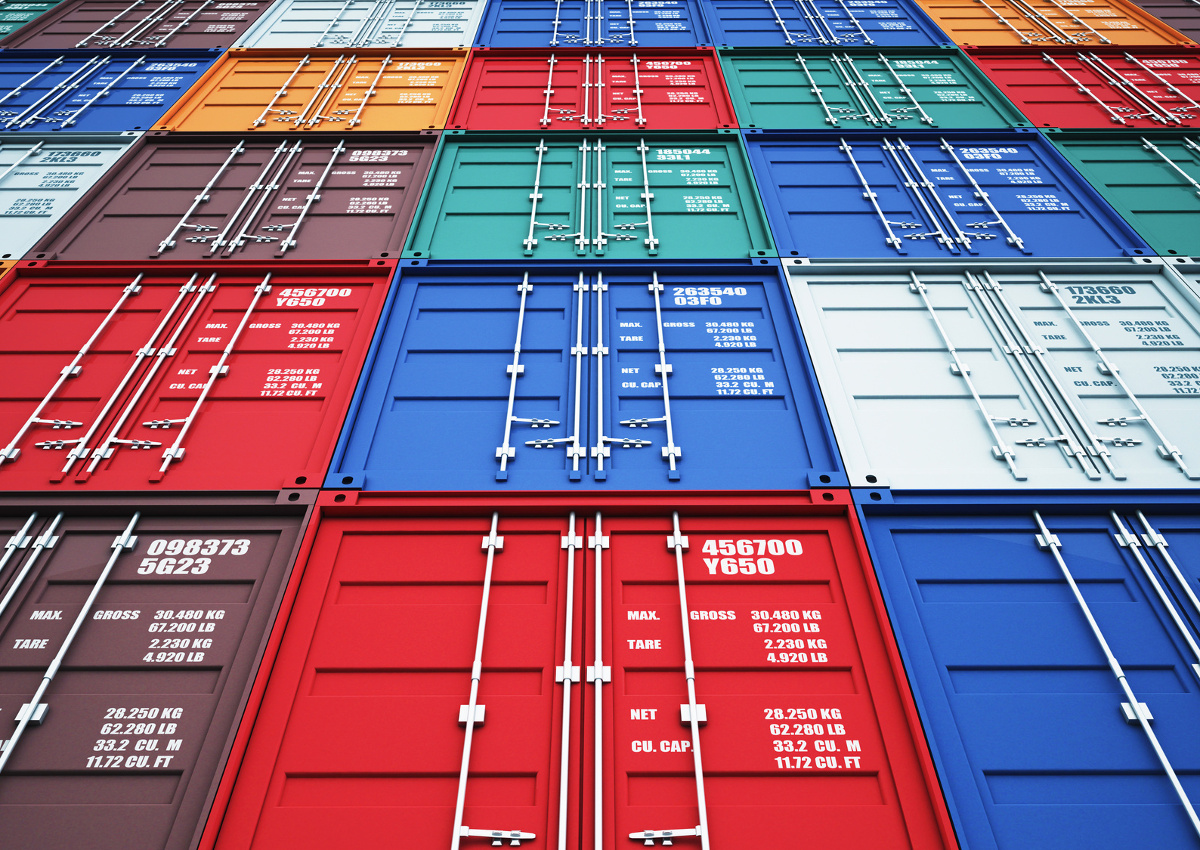
The United States has raised the wall of import duties for many European products. Meat, dairy, olives, fruit, pasta, coffee, alcohol, but also fertilizers and metals can be loaded with additional tariffs, even to the extent of +100%. This is bad news for the European Geographical Indications. In particular for Italy, which has the most important GI share in the EU and risks heavy commercial repercussions. To defend the Italian agri-food heritage potentially affected by this measures, the Italian system of Geographical Indications will be represented on August 5 in Washington by the American Origin Products Association at the hearing scheduled by the U.S. International Trade Commission.
In the meantime, the world of Italian PDOs and PGIs is preparing to deal with this issue focusing on the need for a bilateral negotiation process – especially after the appointment of the new top management of the EU institutions. Moreover, it is setting up a negotiating table in order to reach an agreement that can prevent the opening of a trade war.
ORIGIN ITALIA FIGHTING AGAINST TRADE WAR CONSEQUENCES
“The blacklist of additional EU products to be subjected to additional tariffs for import into the U.S. – said the President of Origin Italia Cesare Baldrighi – is a very worrying fact. In the long list of products – including food, wine and alcoholic beverages, as well as fertilizers and metals – there are also PDOs and PGIs that represent the top of the tradition of the various territories and therefore the reference for actions of commercial pressure. At the same time, we are working with the new European Commission to ensure that these trade wars do not affect products that have nothing to do with supporting practices.”
THE AIRBUS DISPUTE
The US threat is a consequence of the WTO dispute between the US and the EU over subsidies to Airbus Consortium aircraft manufacturers, which allegedly received $22 billion from the EU, Germany, France, the UK and Spain. This led on April 12 to an initial list of EU products – identified in the Harmonized Tariff Schedule codes – imported, worth 21 billion dollars. This list was further implemented on July 1 at the request of the US Trade Representative, who proposed the inclusion of 89 additional tariff categories of products – for a value of 4 billion dollars – to be subject to duties.
